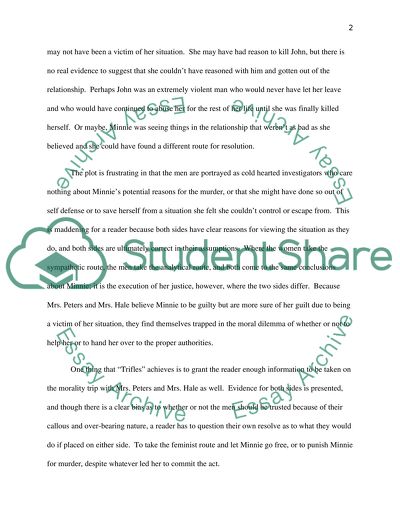Cite this document
(“Feminism as Archetype fpr Overcoming Prejudice Essay”, n.d.)
Retrieved from https://studentshare.org/english/1448902-trifles
Retrieved from https://studentshare.org/english/1448902-trifles
(Feminism As Archetype Fpr Overcoming Prejudice Essay)
https://studentshare.org/english/1448902-trifles.
https://studentshare.org/english/1448902-trifles.
“Feminism As Archetype Fpr Overcoming Prejudice Essay”, n.d. https://studentshare.org/english/1448902-trifles.


